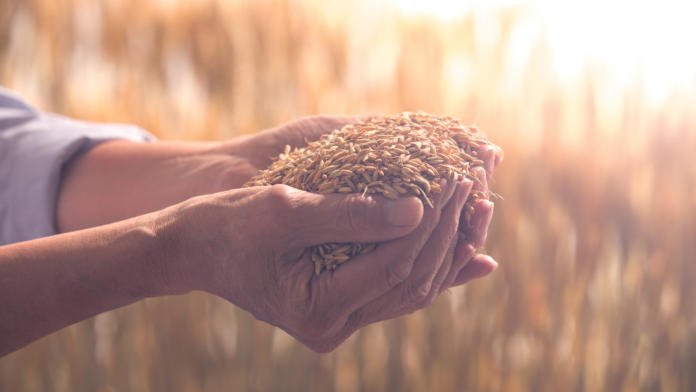THE Fishery in general and Canned Pilchards in particular play a vital role in local food security, and employ a large workforce in fishing and related industries, mainly in areas outside the major metropolitan centres.
It is estimated that at least 800 000 cans of canned pilchards are consumed daily providing 3,2 million meals. Canned pilchards are also widely used in school feeding schemes. To put this in perspective, 25 000 tons of pilchards that is canned, will provide 400 000 meals per day.
Sardines are in demand around the world as an important food source and for bait. Locally sardines are valuable as an affordable food in canned form as canned pilchards provide essential protein, nutrients, minerals plus valuable omega-3 fatty acids.
Because of their small size, most of the Anchovy caught world-wide is reduced to fish meal and oil. These are valuable feed ingredients in carnivorous aquaculture and animal feed. Some of the fish oil is used in the Omega-3 market.
A consortium consisting of Sanccob, Birdlife SA, WWF and individual scientists from UCT and NMMU are calling for the closing to fishing for 10 years in a 20km radius around Dassen Island, Robben Island, Stony Point, Dyer Island, St Croix and Bird Island. This recommendation, which will have a massive socio-economic impact, is made in spite of recent analyses from ICE which do not convincingly support such a recommendation. The ICE study has closed alternate islands for the last 12 years to fishing in order to see whether fishing is having an effect. Analysis of the results from ICE have shown both positive and negative effects of the impact of fishing on penguin population numbers, and at best there is a negligible negative impact from fishing. This effect is so small that it will not arrest the decline in the penguin population. The major factors affecting the decline in the penguin population need to be urgently identified and appropriate action plans put in place, where possible, so that the population can start growing again.















